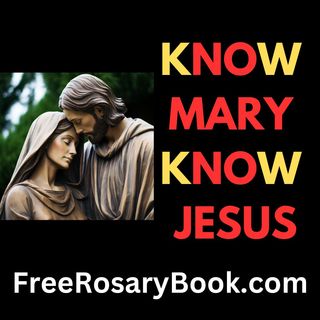Today’s supplication to Christ at Mass and at Vespers goes thus:
 “O Key of David and Sceptre of Israel, what you open no one can close again; what you close no one can open. O come and lead the captive from prison; free those who sit in darkness and shadow of death!”
“O Key of David and Sceptre of Israel, what you open no one can close again; what you close no one can open. O come and lead the captive from prison; free those who sit in darkness and shadow of death!”
Dear friends, The symbol of the “key” has long represented power and authority in both scriptural and cultural contexts. The prophet Isaiah proclaims, “I will place on his shoulder the key of the house of David; he shall open, and none shall shut; and he shall shut, and none shall open” (Isaiah 22:22). This passage prefigures the coming of the Messiah, to whom the Father has given “all power in heaven and on earth” (cf. Matthew 28:18). In Christ’s hands are the “keys of the kingdom,” entrusted to Him as the fulfilment of the Davidic covenant (cf. Matthew 16:19). As the Book of Revelation declares, He holds the “Key of David” and “opens, and no one shall shut, who shuts and no one opens” (Revelation 3:7).
The “Key of David” is not merely a symbol of control but a promise of liberation. Through His Incarnation, Passion, and Resurrection, Jesus opens the way for humanity to be freed from the captivity of sin and death. He announces this mission in the synagogue at Nazareth, proclaiming, “The Spirit of the Lord is upon me…He has sent me to proclaim liberty to captives and recovery of sight to the blind, to set at liberty those who are oppressed” (Luke 4:18). With this divine authority, He releases us from the chains of spiritual bondage and leads us out of the “gloomy cave” of sin and death, as the Benedictus declares: “to give light to those who sit in darkness and in the shadow of death, to guide our feet into the way of peace” (Luke 1:79).
This liberation invites us to contemplate the “real world”—the heavenly city prepared for us by God (cf. Hebrews 11:16). The “Key of David” becomes the instrument through which Christ unlocks the gates of eternal life, leading us out of the shadows into the fullness of divine truth and love. In this, we may draw an analogy to Plato’s “Allegory of the Cave” (Republic, Book VII), where captives bound in darkness are brought into the light of reality. While Plato’s allegory speaks to the human pursuit of knowledge and truth, Christ’s deliverance from the “cave” of sin elevates this journey, leading us not merely to intellectual enlightenment but to divine communion. The Catechism of the Catholic Church affirms this ultimate liberation: “By his death and Resurrection, Jesus Christ has ‘opened’ heaven to us” (CCC 1026).
In this Advent season, as we reflect on the “O Clavis David” (O Key of David), let us contemplate Christ’s authority as the keyholder who opens the doors of grace and salvation. He is the one who invites us to leave behind the illusions and darkness of sin, offering instead the light of life and the hope of the heavenly city. May we embrace this invitation and walk boldly toward the freedom He offers, allowing Him to guide our steps into His eternal kingdom.
Shalom!
© Fr. Chinaka Justin Mbaeri, OSJ
Paroquia Nossa Senhora de Fatima, Vila Sabrina, São Paulo, Brazil
nozickcjoe@gmail.com / fadacjay@gmail.com
___________________________________
PS: Have you prayed your Rosary today?





Very inspritional. .am touched by the words thank and remain blessed FR
May the Lord release all who are in captivity, in the dungeons of sins. And set free all who are kidnapped
We also pray that you unlock the gates of heaven and rain down your blessings upon us. Amen
O Key of David and Sceptre of Israel, what you open no one can close again; what you close no one can open. O come and lead the captive from prison; free those who sit in darkness and shadow of death!
Amen